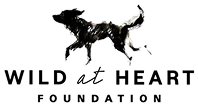Oxytocin: The “Love Drug”
Cuddling dogs can provide them with comfort, warmth, and a sense of security, it can also strengthen the bond between a dog and their guardian.
Studies concur on the mutual release of the love hormone, Oxytocin. Science has proved that owners’ Oxytocin levels rise when they’re stroking their dogs, and that goes for the dogs too!
It’s also been shown that catching your dog’s gaze across the room just for a few seconds similarly triggers Oxytocin release, again working both in the human and the dog.
History shows that we domesticated the dog for a reason to be our guards, herders, protectors, and companions. The process taking thousands of years is testament to the bond that exists between people and their dogs.
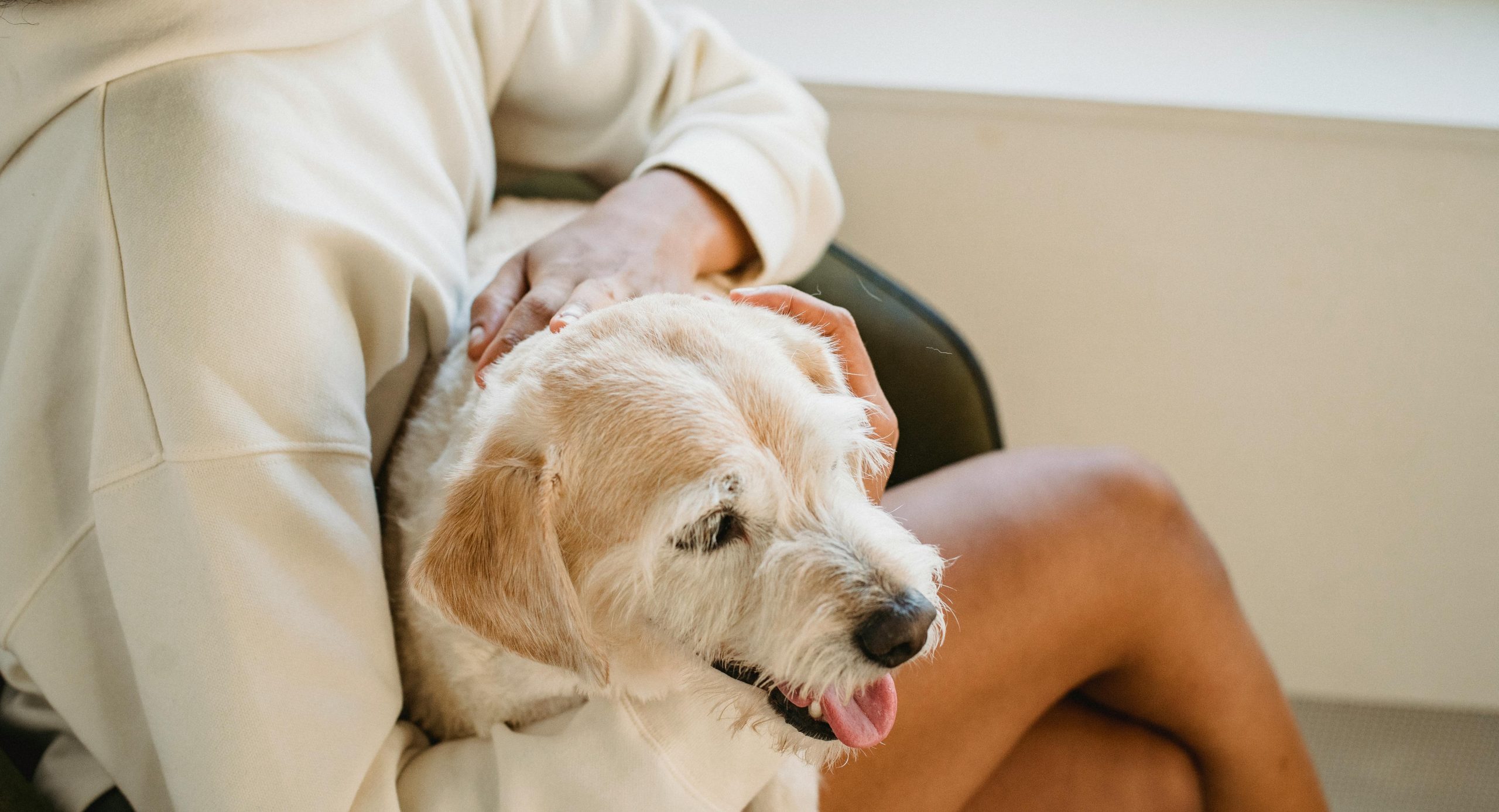
However, individual preferences for affection in dogs vary—some dogs may prefer their own space or have different ways of showing affection.
If a dog is feeling overwhelmed or stressed by a situation, which coincides with being approached and cuddled, or picked up and cuddled, this situation could quickly escalate into a dog bite.
So, although it’s instinctive to hug and squeeze what you adore, particularly for children, it’s important to find other more dog-appropriate ways to show your dog you care. This could mean training a new trick, going on a walk, playing a game of fetch, or just letting sleeping dogs lie!
Speaking Your Dog’s Language
Dogs are born understanding many human gestures like pointing from birth, yet humans often don’t take the time to learn to ‘speak dog.’
Dogs cannot tell us how they’re feeling in human language, that’s why it’s a crucial aspect of being a ‘pet parent’ to learn how dogs express themselves through body language.

Understanding Canine Communication
How do we know what dogs are saying to us? The problem is that dogs’ messages often get ‘lost in translation’. There’s a cascade of different body postures or expressions from the dog’s tail carriage, ear carriage, whether they’re looking at you or turning away from you.
Averting their gaze is a clear marker that, at that moment, the dog is not interested in you, or that the context that they’re in—for example, travelling in the car—is somewhere they don’t want to be!
Standing very rigid and turning their gaze away is something dogs will do in the park to notify another dog approaching that they’re not interested in either having a sniff or engaging in a game of chase.
Another clear canine gesture is yawning. It is a classic ‘calming signal,’ coined as it’s saying, “I am stressed, please calm down!” It is often thought that the dog is ‘tired,’ however, it means they’re feeling overwhelmed, stressed out by a situation.
This might be if you’re pressuring them to sit beside you on the sofa. It could be when they’re in a new situation like a crowded train platform. Or it can be when they meet another dog—these yawns are clearly signalling that the dog is feeling pressured and emotionally uncomfortable.
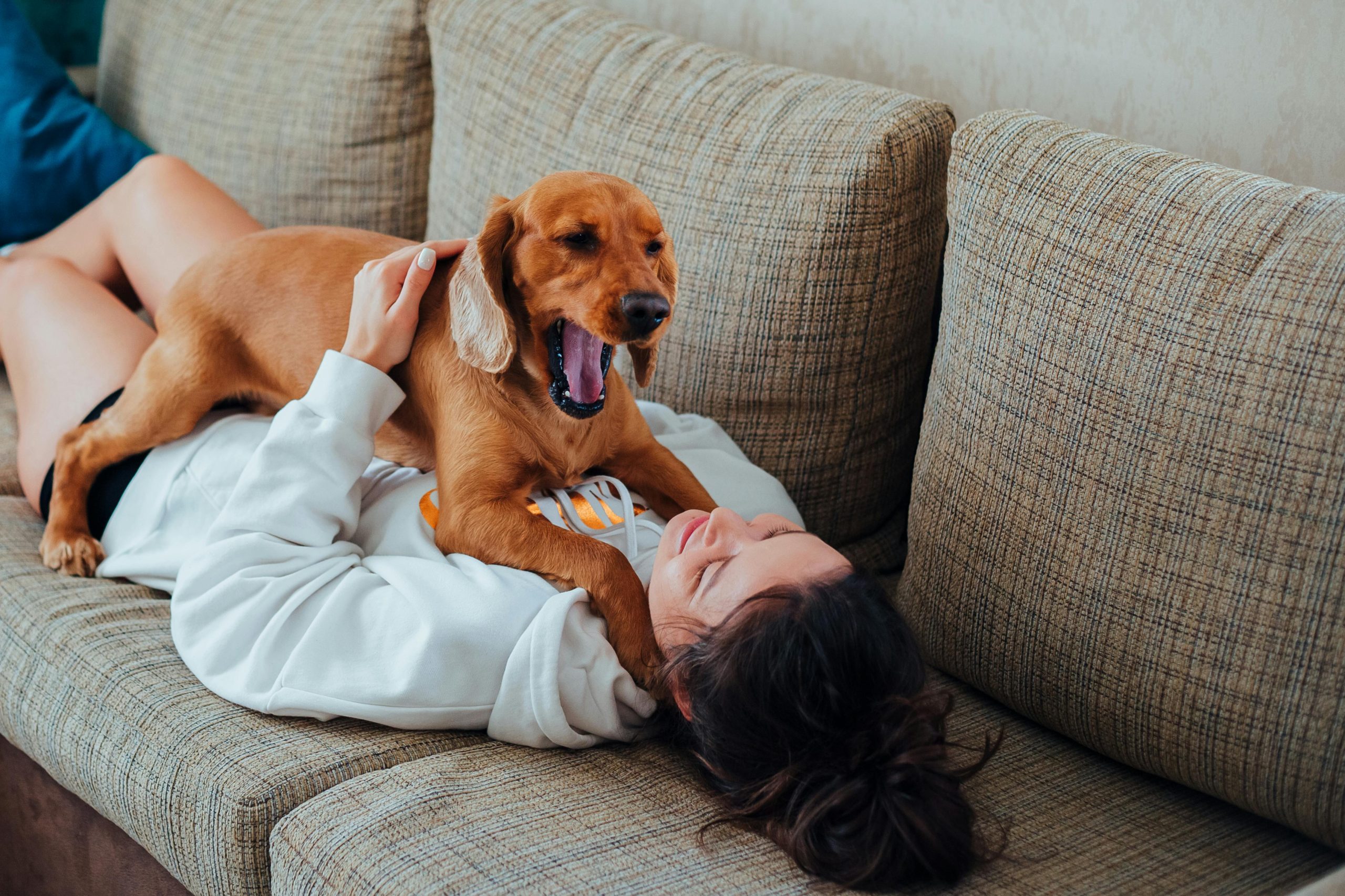
The Importance of Choice for Dogs
Another tell-tale calming signal is lip licking, which is sometimes accompanied by blinking, then offering a head turn away from you. This is a way of your dog explaining that they have had enough of a situation or of you and need some space.
Allowing dogs to have choice is important so that they have a ‘way out,’ and for all family members to appreciate this, just as you might for a human member of the family.
Loving Your Dog in a Way They Understand
Loving your dog is about providing everything that they need to feel loved. For me, that’s an appropriate nutrient-dense diet, a comfy, safe place in every room of the house with the option to retreat somewhere when an environment gets too ‘full on.’
Regular walks with their pet parent—taking in the sights, sounds, and smells—running off steam and having fun. And learning how to speak dog!
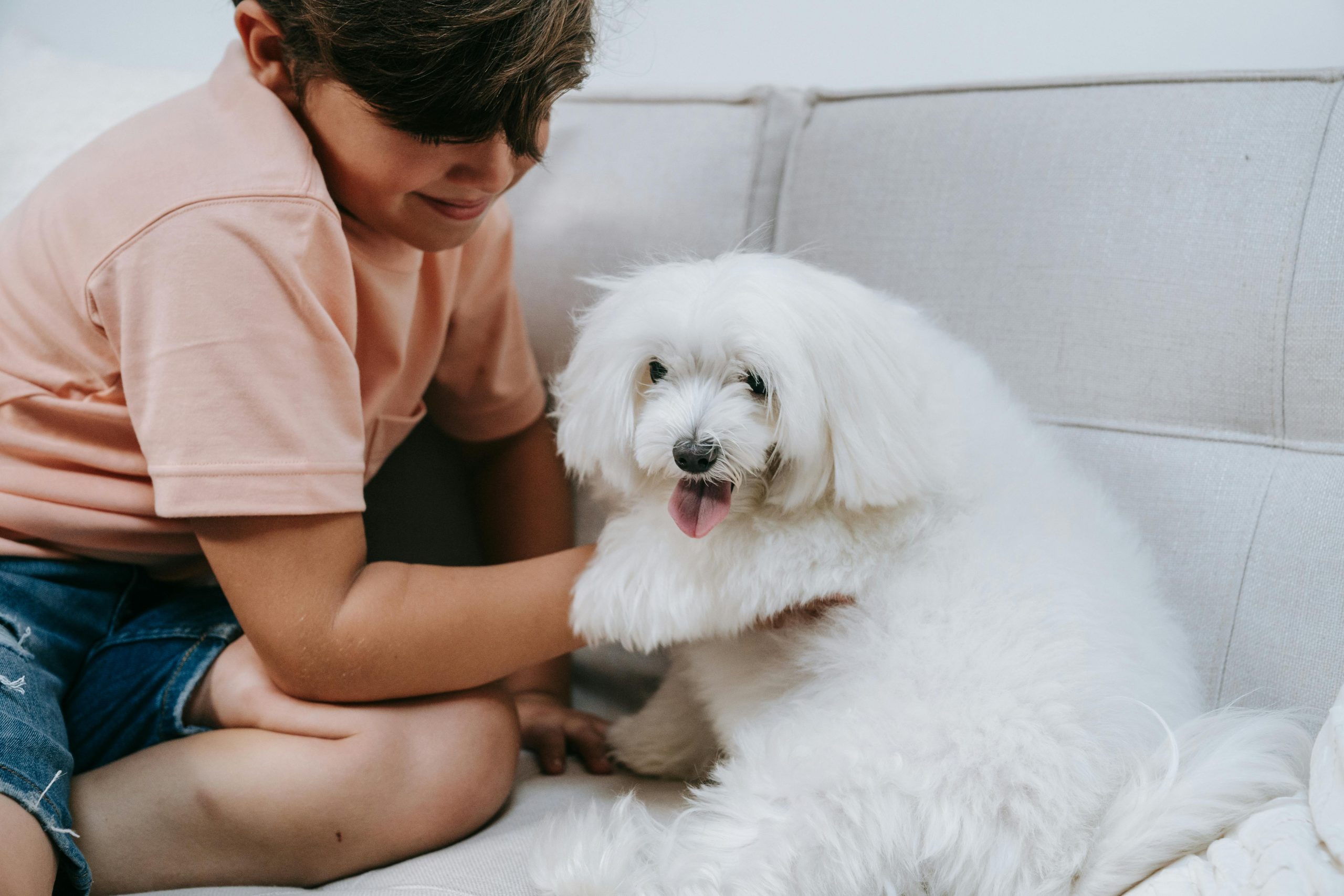
About the Author – Anna Webb
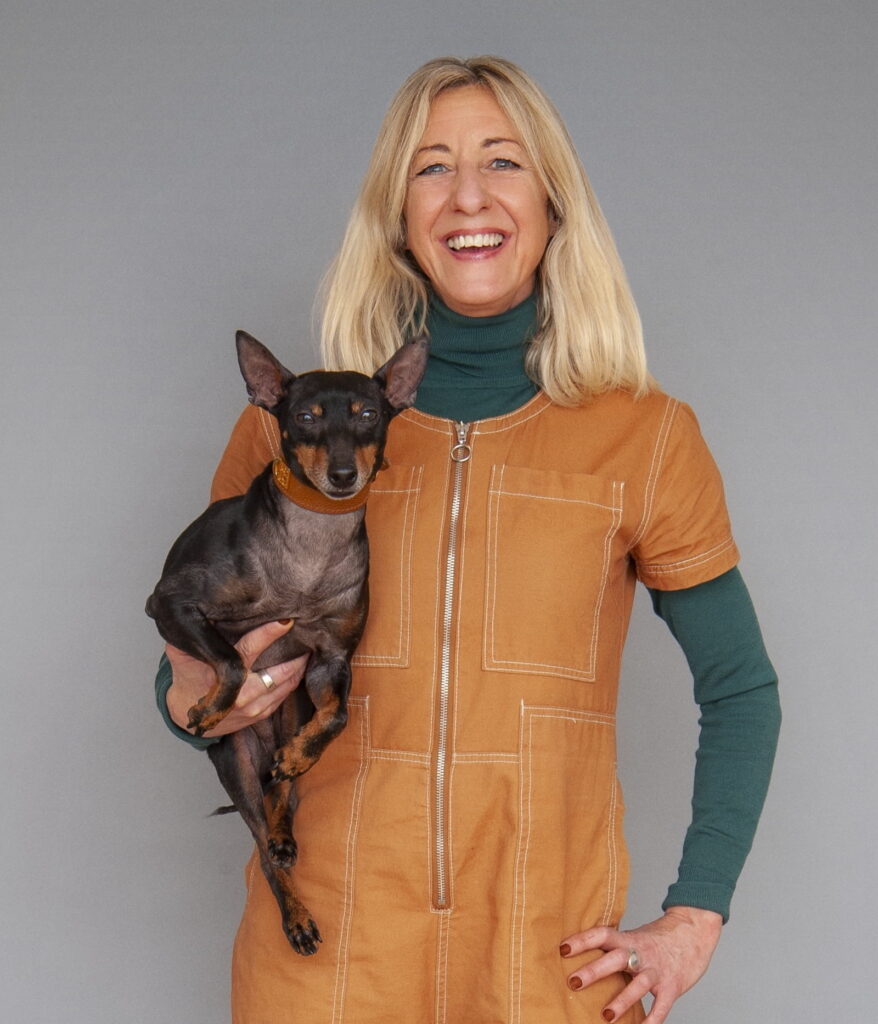
As a Canine Nutrition and Behaviour expert, Anna combines her psychology degree, with study at the College of Integrated Veterinary Therapies (CIVT) and over 20 years of experience. Host of the award-nominated A DOG’S LIFE podcast, she lives in London and is owned by Prudence, a Miniature Bull Terrier and Mr. Binks, a re-homed English Toy Terrier. www.annawebb.co.uk
